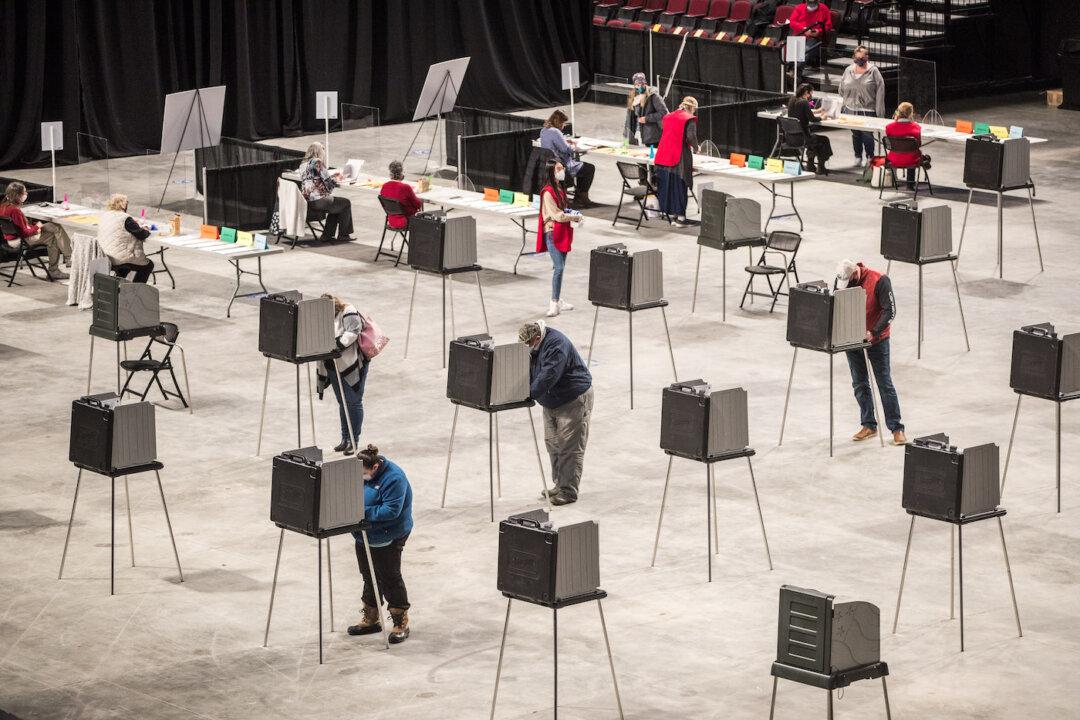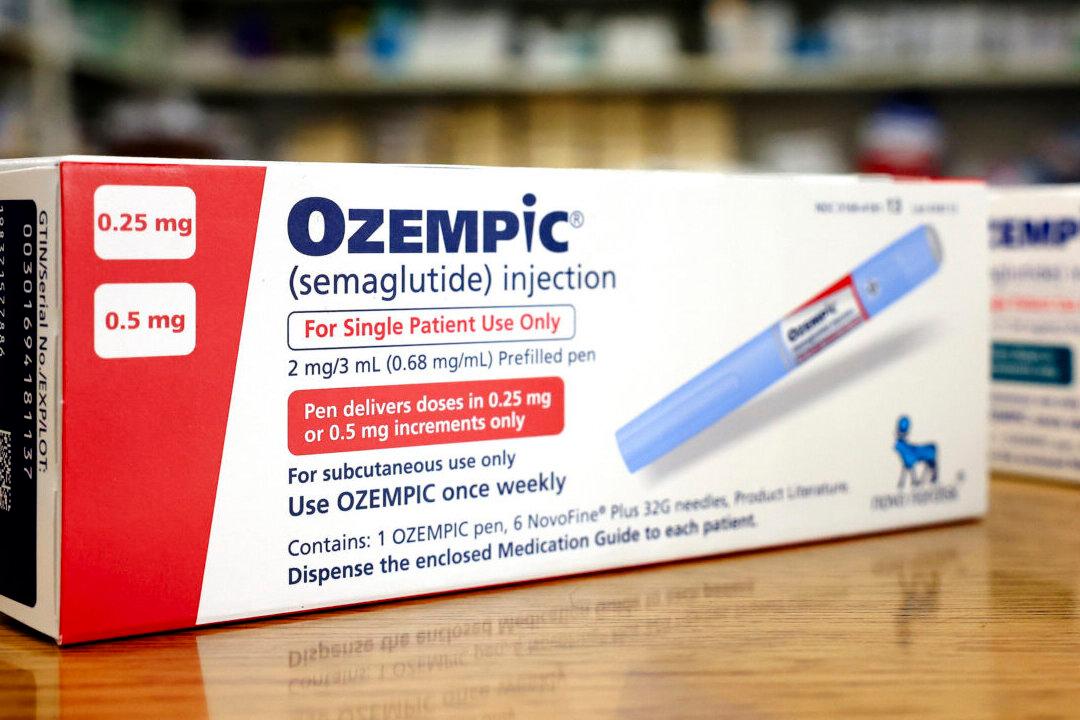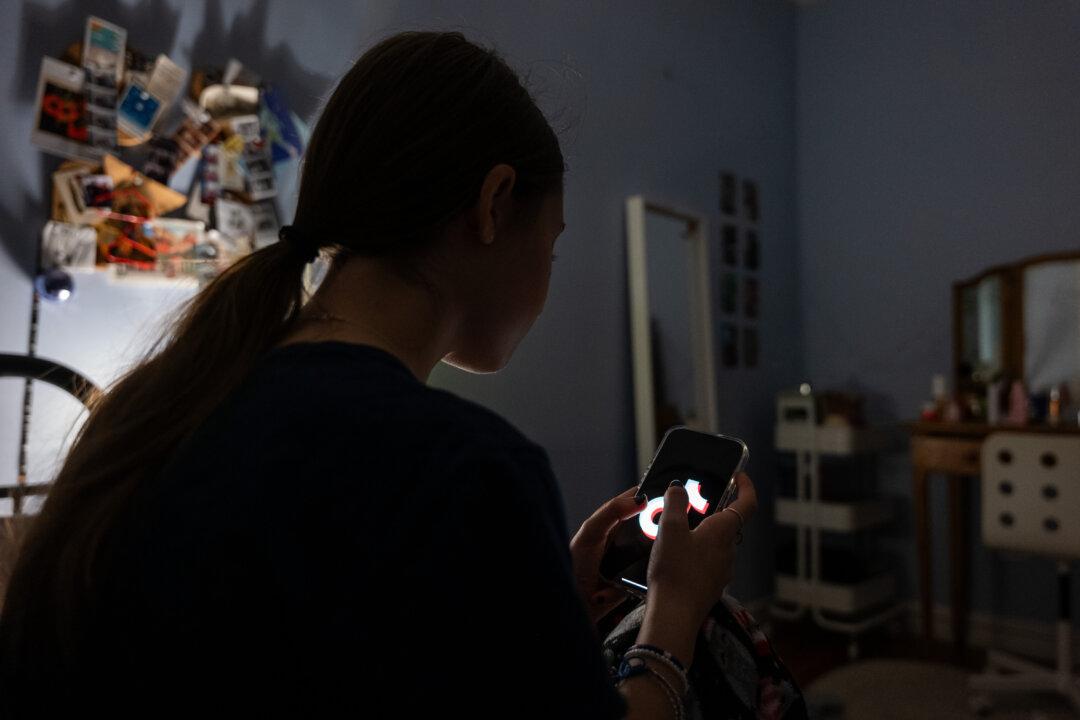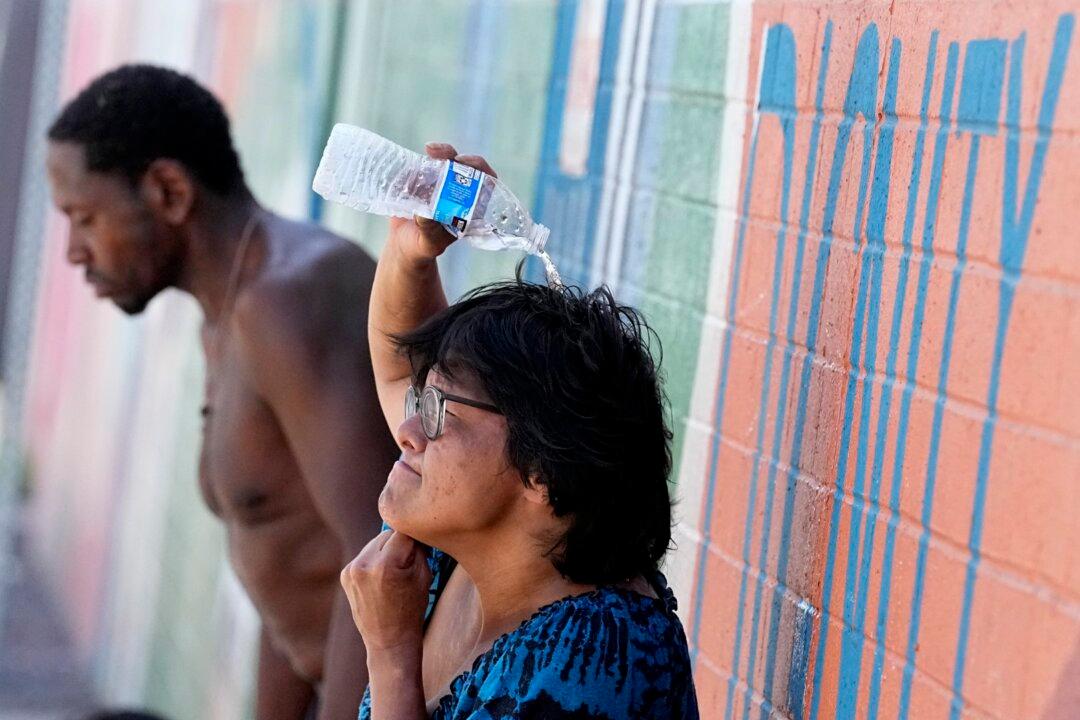A Gallup survey released in January showed the number of independent voters is at a near-historic high. While an even 28 percent of America’s voters identify as either Republican or Democrat, 41 percent now identify as independent. While ongoing Gallup surveys show that independents have averaged 42 percent over the past year, Gallup’s number for September showed that 46 percent of Americans consider themselves to be independent.
Patricia Tolson is an award-winning Epoch Times reporter who covers human interest stories, election policies, education, school boards, and parental rights.
Ms. Tolson has 20 years of experience in media and has worked for outlets including Yahoo!, U.S. News, and The Tampa Free Press. Send her your story ideas: [email protected]
Author’s Selected Articles





